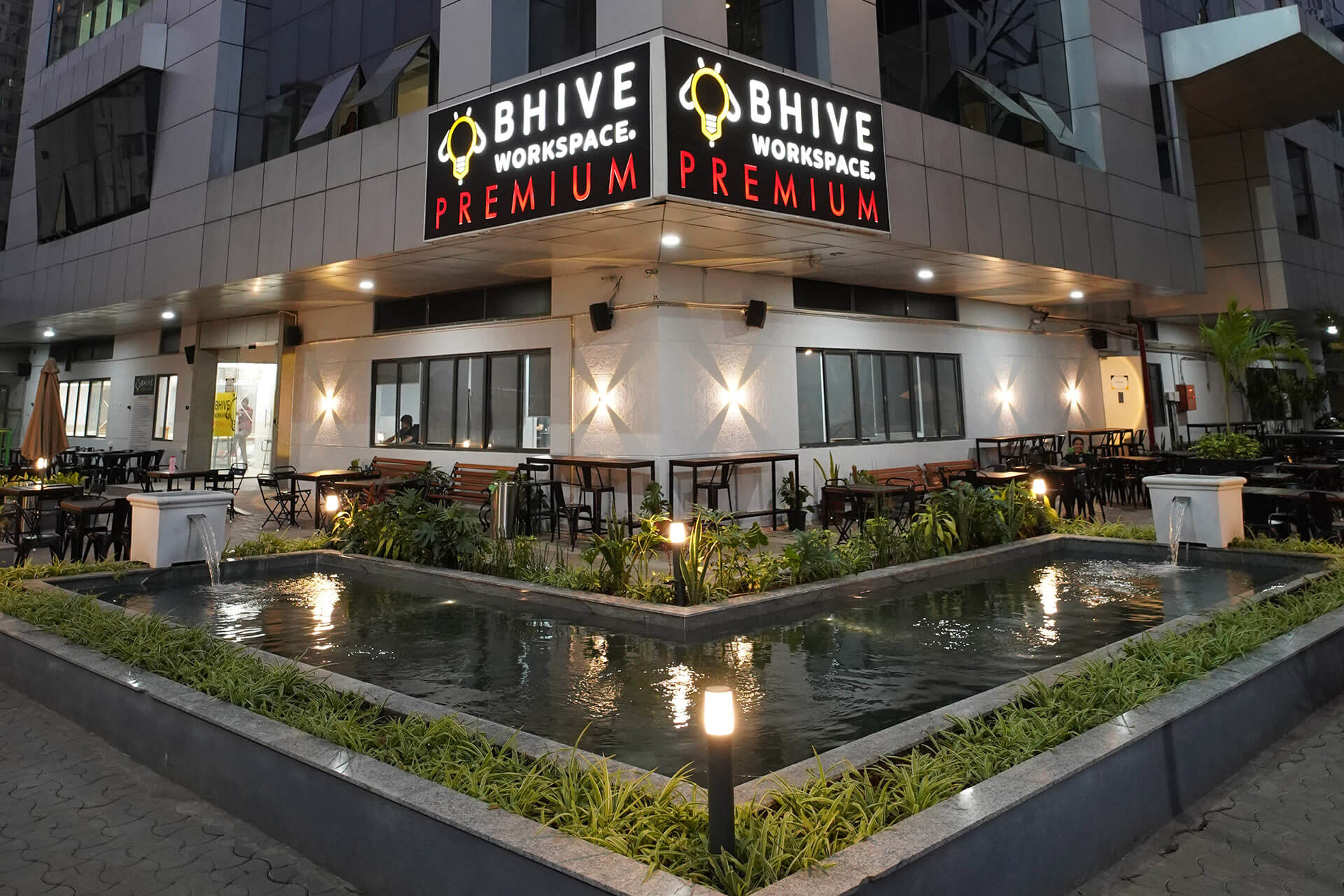E - PAPER
Is it too soon to call victory on ‘green shoots’ in the real estate market?
Nimish Gupta FRICS, MD, South Asia RICS The COVID pandemic has left an indelible impression on all facets of life, completely transforming the socio-economic landscape globally. The effects of the pandemic are multi-faceted, discernible and likely to co
 BY
Realty Plus
BY
Realty Plus
Published - Tuesday, 17 Nov, 2020

Nimish Gupta FRICS, MD, South Asia RICS
The COVID pandemic has left an indelible impression on all facets of life, completely transforming the socio-economic landscape globally. The effects of the pandemic are multi-faceted, discernible and likely to continue as nations try to get back onto the recovery track. With the Indian real estate sector already battling the lack of access to low-cost capital, the climb ahead is uphill and not easy. Despite the Government and affiliated bodies doing all they can to provide the sector with the stimulus it requires to continue being an engine of growth, the sector is deeply impacted.
However, it wouldn’t be incorrect to say that the impact of the outbreak has been varied and has meant different connotations for various segments of the realty sector. While some sub-sets have suffered a huge setback, others have shown promise. A horde of opportunities have opened up for investors, from stressed assets across asset classes to new micro-markets and regions, signaling ‘green shoots’. With the ‘work-from-home’ concept catching up across industries, co-living looks set to be the focus in the near term. An absence of an office environment where employees can clarify their queries and doubts by a discussion with a senior or peer will encourage the demand for co-living, as it will foster learning and knowledge sharing amongst co-habitants.
With the emergence of REITs as a strong asset class, investment and demand in commercial real estate look ready for growth. The market is demanding high levels of professionalism and transparency and an indication of global standards coming into play in the market have already been witnessed with both the listed REITs in India, having been valued by RICS qualified professionals (MRICS) and based on the RED Book that follows the International Valuation Standards. The launch of another upcoming REIT by the end of this year, after the successful run of the second REIT earlier in July, has put the focus back on these stable income creators, putting stock in its performance despite the COVID -19 scenario and the all-around instability. It has been encouraging to note that the Indian market remains an attractive destination for global occupiers in terms of cost-effectiveness, fueling the office market.
The office space has proven its resilience, with both national and international players retaining their trust in the segment. The total office space leasing was at an all-time high of 45-50 million sq. ft in 2019. This year the fall in absorption is around 30-50 percent in the aftermath of the global contagion. However, despite the decrease in numbers, experts are hopeful of a recovery. Leading industry research has highlighted that the segment will pick up, as the market has already observed a net absorption of 5.4 million sq. ft in the quarter ending September 2020. Indicating an increase of 64% against the quarter ending June 2020.
Warehousing and Logistics is another asset class that will spur consumption in the commercial realty market. The growth of e-Commerce especially during the virus outbreak when more and more people opted to buy products and services online to minimize the risk of spread, brought the segment further into prominence. So did the need to have it within the city parameters to avoid the massive disruption in the supply chain that was occasioned due to the conditions arising out of the outbreak, bringing the nation to a standstill.
The residential market despite being in urgent need of a complete overhaul in terms of price and quality should buoy a bit during the ongoing festival season. The various discounts, freebies and flexible payment options offered by developers to entice buyers should set the ball rolling and breathe some life into the ready inventory. However, Government focus, reduction in costs across the gamut, well defined policies about completed inventory, Affordable Housing Rental Complex (AHRC) and taxation are recommended by experts to drive and sustain demand for the segment. The adoption of international standards to India will also aide the residential segment to revive.
Rental Complex (AHRC) and taxation are recommended by experts to drive and sustain demand for the segment. The adoption of international standards to India will also aide the residential segment to revive. One of the biggest pain points plaguing the real estate sector has been area measurements which deters investments and returns. A lead taken by top developers in the nation to initiate the implementation of international standards for property measurement can help the sector to restore assurance and credibility among investors. It can ensure property assets are measured consistently; creating a more transparent marketplace; and ensuring greater public trust, stronger investor confidence, and increased market stability.
The market was in the doldrums with the demand at its lowest when the pandemic pushed it to rock bottom. Now with the sales picking up, unless real estate goes through another ‘black swan’ event like COVID -19, we don’t expect the market to go down which means the success curve will continue. India’s move towards formalization and regulation is also attracting new Foreign Direct Investment (FDI) into the sector. However, we are still not out of the woods yet and it is too early to call it a victory. Although the 'green shoots' look promising, a cautious ‘wait and watch’ approach is recommended to view how they finally shape up.
RELATED STORY VIEW MORE
NEWS LETTER
Subscribe for our news letter
E - PAPER
-

CURRENT MONTH 
LAST MONTH















